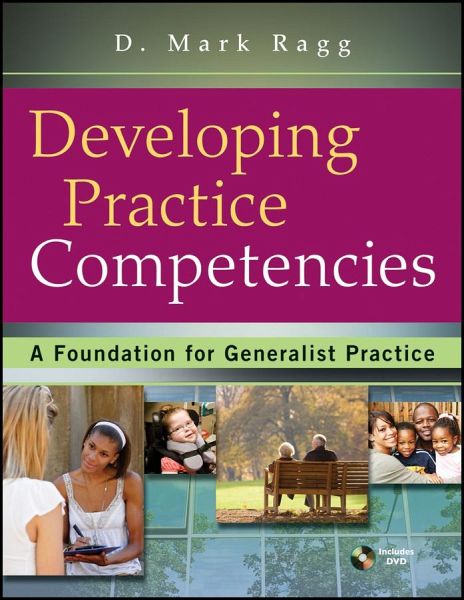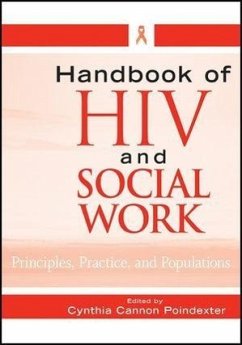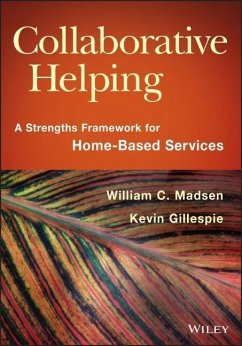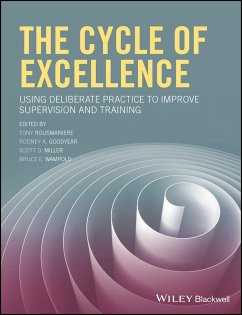
Developing Practice Competencies
A Foundation for Generalist Practice
Versandkostenfrei!
Versandfertig in über 4 Wochen
67,99 €
inkl. MwSt.
Weitere Ausgaben:

PAYBACK Punkte
34 °P sammeln!
Praise for Developing Practice Competencies A Foundation for Generalist Practice "This is the textbook I have been waiting for. The author engages the reader from the very beginning. It includes comprehensive coverage of EPAS standards and practice behaviors that any social work instructor would be delighted with. Mark Ragg's explanation of social work concepts and practice skills is very readable and well illustrated. This textbook will enhance social work students' self-confidence in their skills as beginning practitioners. This is an author who clearly knows how to engage and excite social work students about contemporary social work. Strongly recommended for generalist practice programs!" --Mary Fran Davis, LCSW Austin Peay State University, Clarksville, Tennessee An applied, experiential introduction for the development of generalist practice skills in the helping professions Designed to help students in social work and human services programs establish a solid skill foundation for professional practice, Developing Practice Competencies holistically organizes this content knowledge through a consistent framework integrated throughout the book. Developing Practice Competencies explores: * How to build on current interpersonal skills to develop a professional identity and a specialized repertoire of intervention skills * How to work competently with diverse client groups taking into account the cultural and social contexts of each client situation * Ways to engage individuals and larger client systems in focused work toward client-specific goals * Successfully managing the nuances and challenges of the helping relationship * Combining specific skills for use in evidence-based models Filled with rich examples, role-plays, and exercises, Developing Practice Competencies covers the foundation competencies necessary for students preparing to work with individuals, families, groups, organizations, and communities on behalf of underserved and socially compromised people. An accompanying DVD offers video of the practice skills in action and electronic versions of exercises for classroom discussions.













